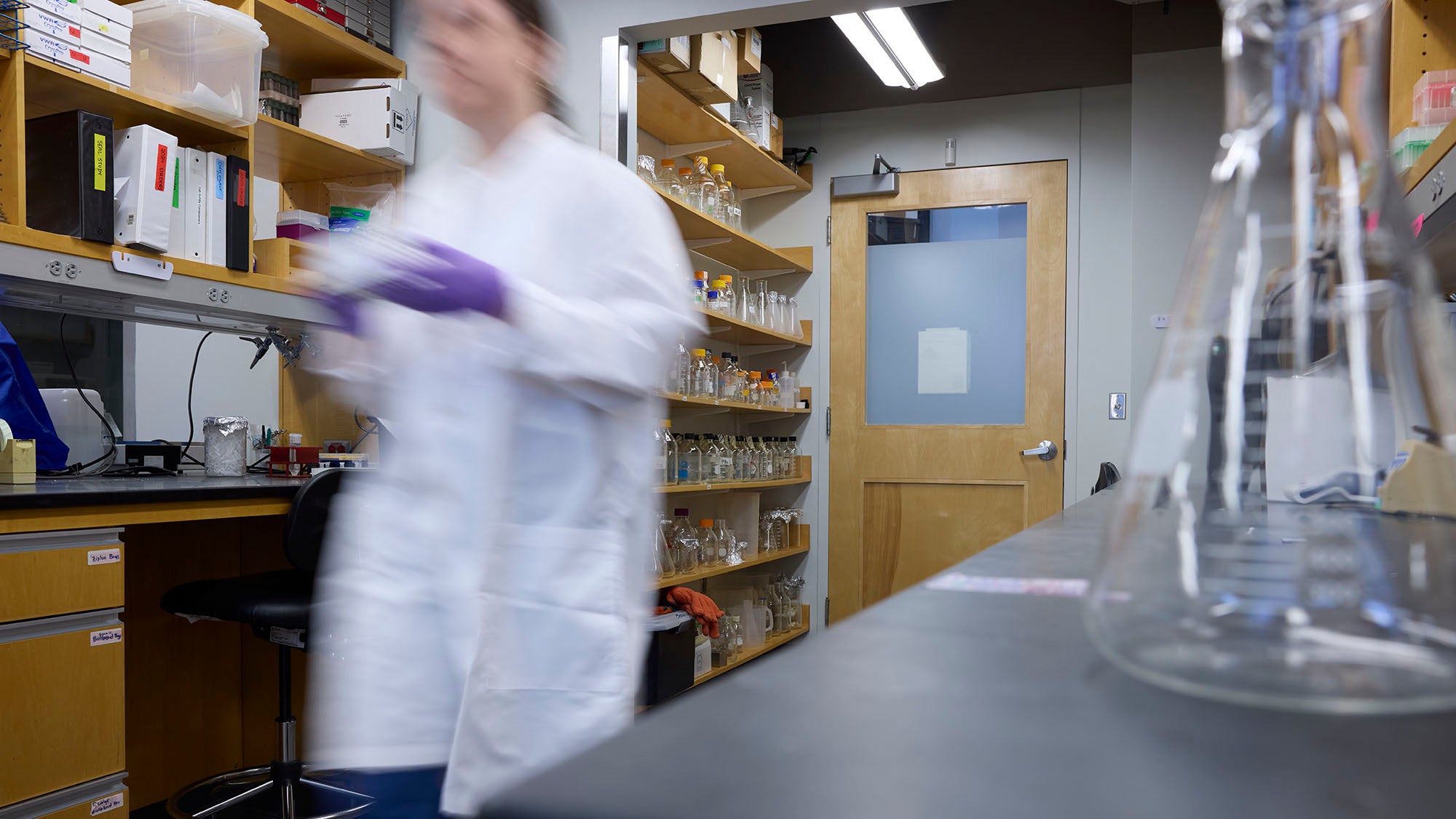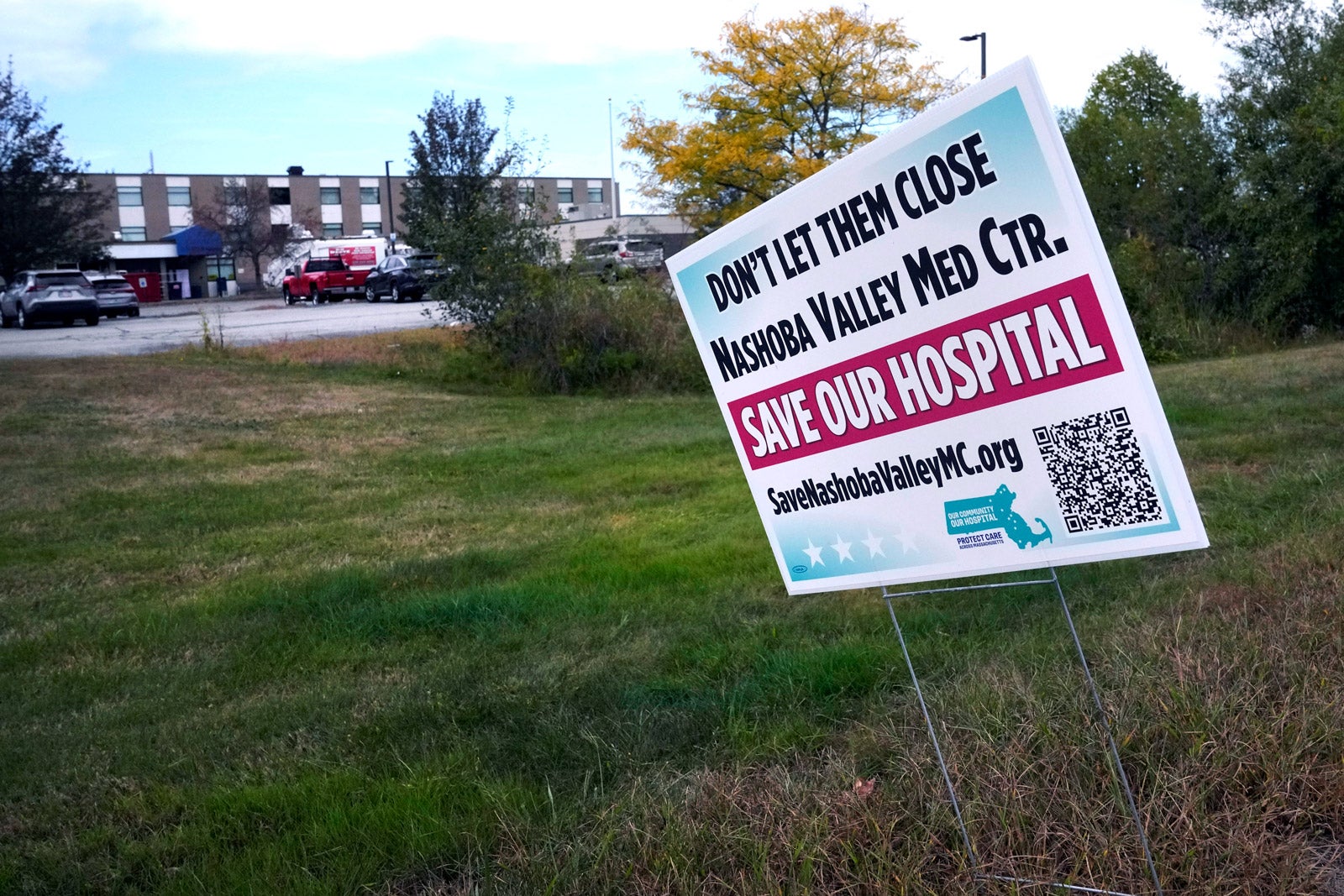High-impact research at Harvard Chan School powered by NIH funding

For more than a century, Harvard T.H. Chan School of Public Health faculty have conducted groundbreaking research that has led directly to vaccines, treatments, policies, and programs that have saved lives by the millions, in the U.S. and around the world.
In this installment of our series highlighting high-impact research, we feature three examples, all powered by National Institutes of Health (NIH) funding:
Essential genome of malaria parasite mapped
“We hope that this map will be an invaluable resource to help researchers combat one of the leading causes of infectious disease death around the world.”
–Manoj Duraisingh, John LaPorte Given Professor of Immunology and Infectious Diseases

A new, comprehensive map of all the genes essential for blood infections in Plasmodium knowlesi, a parasite that causes malaria in humans, has been generated by researchers at Harvard Chan School. The study, published earlier this year, contains the most complete classification of essential genes in any Plasmodium species and can be used to identify druggable parasite targets and mechanisms of drug resistance that can inform the development of new treatments for malaria.
“This molecular blueprint of all the essential genes in Plasmodium knowlesi helps us to understand how malaria parasites infect the human bloodstream, and how they respond and evolve in the face of therapeutics,” said Duraisingh.
NIH R01 grants supported the development of some of the key laboratory and computational methods required for the success of the project and provided support for individual researchers.
Duraisingh said it was exciting to have, for the first time, such a high-confidence map of essential genes in a malaria parasite, and it has already revealed novel biological insights. “Plasmodium knowlesi is a powerful model for all of the species of malaria parasites that together cause enormous disease in humans,” he said.
Collaborating with community health centers to prevent cancer
“Our community partners help us evaluate study findings and frame them in the context of the community health center setting. This is an invaluable contribution, which helps ensure that our research considers the realities of the communities that it involves and is relevant to our partners.”
–Karen Emmons, professor of social and behavioral sciences

More patients at Massachusetts community health centers are getting screened for colorectal and breast cancer—and receiving follow-up care for abnormal results—thanks to an electronic population management tool developed through a collaboration between the Massachusetts League for Community Health Centers (Mass League) and the Implementation Science Center for Cancer Control Equity (ISCCCE), based at Harvard Chan School. Using existing population management tools that are integrated with electronic medical records, the team built new tools that specifically identify patients with cancer screening gaps and help staff quickly see how their centers are doing meeting screening targets. It’s just one way that researchers at Harvard Chan School are working with communities to develop evidence-based approaches to cancer prevention and control.
Karen Emmons co-leads the ISCCCE, one of seven centers around the U.S. launched as part of the National Cancer Institute’s Moonshot Initiative. As part of the center’s collaboration with Mass League, Emmons and her team engaged 17 Massachusetts community health centers between 2019 and 2024 in pilot studies on cancer control strategies including the population health management tool and other interventions that addressed tobacco treatment, lung cancer screening, and nutrition and physical activity. And when the COVID-19 pandemic began, Emmons and her collaborators worked with the centers on a community-centered response that led to significantly higher testing rates.
Although the initial grant to fund ISCCCE has ended, the collaboration with Mass League is still going strong, said Emmons. Funding from an additional NIH grant is allowing the team to work with community health centers in Central and Western Massachusetts and the community development organization Union Capital on a new study to improve cancer control outcomes.
“They say it takes a village—it really does. We simply could not use community-based approaches to cancer prevention without the kind of federal funding that we have received,” Emmons said. In addition to enabling her team to build relationships in communities, it also allows them to “bring innovation to our work and help our partners use the best available scientific evidence.”
Unpacking disparities surrounding joint replacements for Medicare patients
“The U.S. spends trillions of dollars on health care. The research that we do is to figure out how to spend that money most effectively—to make sure that we can afford care and that people who need it can get it.”
–Meredith Rosenthal, C. Boyden Gray Professor of Health Economics and Policy

Over the past decade, Meredith Rosenthal and colleagues have been examining disparities among Medicare patients who get hip and knee replacements.
One key finding was that a payment model adopted by Medicare in 2016 aimed at improving quality and lowering costs appeared to dissuade hospitals from providing hip and knee surgeries for certain socially vulnerable patients who were already less likely to get them—for example, racial or ethnic minorities, or those with low incomes—likely because of concern that Medicare reimbursement wouldn’t cover the hospitals’ costs. In part because of this and similar research, the Centers for Medicare & Medicaid Services decided in 2021 to update the model—called the “Comprehensive Care for Joint Replacement” model—so that hospitals providing hip or knee replacements to socially vulnerable patients would get paid more.
All of Rosenthal’s research regarding hip and knee replacements for Medicare patients has been funded by the NIH. She said that NIH funding is crucial for the work, which is complex, involves analyzing very large federal databases (mostly Medicare billing data), and can take several years to complete. The work on these orthopedic procedures is important, Rosenthal added, because “maintaining mobility has a huge impact on so many aspects of our lives, such as whether we can stay fit because we can go for a walk or dance, or whether we can participate in the kinds of activities that allow us to build and preserve social connections.”
Rosenthal hopes to explore further questions related to Medicare payment systems. One is to determine when nonmedical factors affecting greater-need patients—such as housing, income, or living in a rural area—suggest that it would be important to incorporate payment adjustments that reflect these factors. Another is to understand how some of the evidence and principles gleaned from the Medicare experience might be used in the private insurance sector and Medicaid, the public insurance program that covers low-income Americans.
She noted, “It’s important that we move toward a system that encourages value, lowers unnecessary costs, and increases quality. But we need to do that in a way that doesn’t disadvantage some of the people who most need these services.”
Read our first research highlights story.


